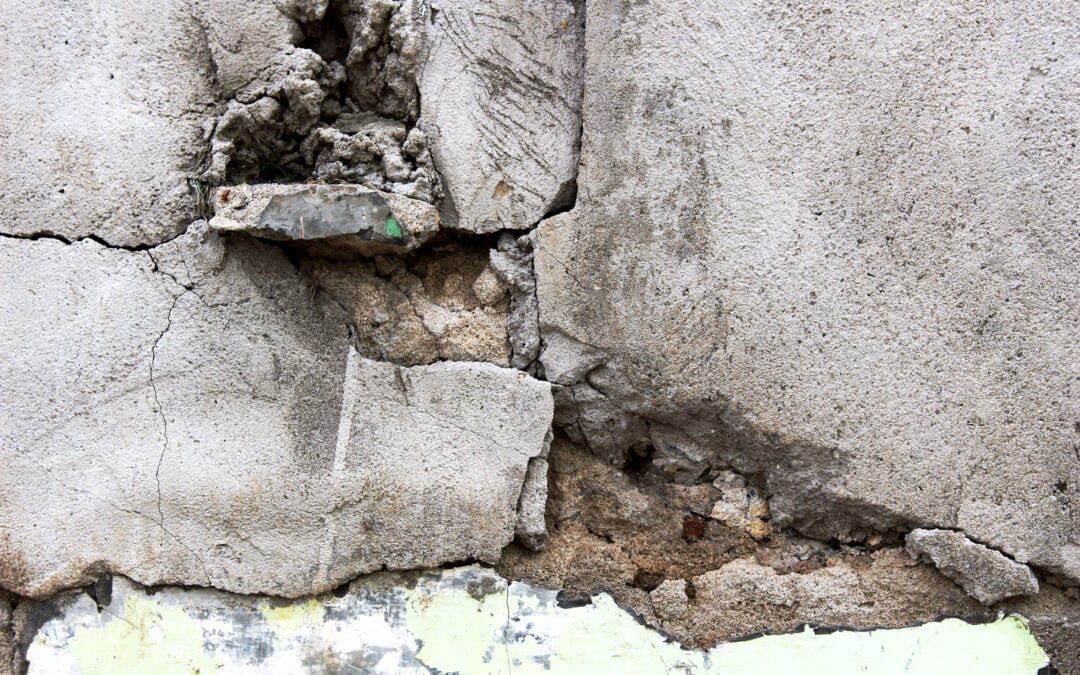Water damage can be a homeowner’s nightmare, but early identification and prompt repairs can prevent further issues and costly repairs. In this guide, we will explore how to identify and repair water damage in your Ottawa home to protect your property and maintain its value.
Identifying Water Damage
Recognizing the signs of water damage is the first step in addressing the issue:
Discoloration: Stains or discoloration on ceilings, walls, or floors can indicate water leaks.
Musty Odor: A persistent musty or damp smell may point to hidden water damage.
Peeling Paint or Wallpaper: Bubbling, peeling, or loose paint or wallpaper may be due to moisture behind the surface.
Warped or Buckled Wood: Wooden surfaces, such as floors or furniture, that are warped or buckled could be a sign of water exposure.
Mold and Mildew Growth: The presence of mold or mildew in damp areas signifies water intrusion.
Early detection of water damage signs is crucial to prevent further harm.
Locating the Source
Identifying the source of water intrusion is vital for effective repairs:
Inspect Plumbing: Check for leaks in pipes, faucets, or water supply lines.
Roof and Gutters: Examine the roof and gutters for damage or clogs that may cause water to seep into your home.
Foundation Issues: Cracks or gaps in the foundation can allow water to enter the basement or crawl space.
Appliance Leaks: Appliances like washing machines and dishwashers can develop leaks.
Pinpointing the source helps you address the root cause of the water damage.
Temporary Damage Control
Take immediate steps to mitigate further damage while awaiting repairs:
Stop the Leak: If possible, shut off the water supply to the affected area.
Remove Standing Water: Use towels, buckets, or a wet-dry vacuum to remove standing water.
Promote Ventilation: Increase airflow in the affected area to aid in drying.
Temporary measures prevent the situation from worsening.
DIY vs. Professional Repairs
Consider whether you can handle the repairs yourself or if professional help is necessary:
DIY Repairs: Small, manageable water damage may be repairable with DIY techniques like patching, painting, or sealing.
Professional Assistance: Extensive or structural damage, mold growth, or electrical issues require professional expertise.
Choose the appropriate approach based on the severity of the water damage.
Preventative Measures
Take preventive steps to avoid future water damage:
Regular Maintenance: Conduct routine inspections of plumbing, roofing, and gutters.
Waterproofing: Apply waterproof coatings to vulnerable areas like basements and crawl spaces.
Proper Drainage: Ensure proper drainage away from your home’s foundation.
Prevention is key to safeguarding your Ottawa home from water damage.
Identifying and repairing water damage in your Ottawa home requires vigilance and timely action. By recognizing the signs, locating the source, implementing temporary damage control, and making informed decisions regarding DIY or professional repairs, you can effectively address water damage issues. Additionally, taking preventive measures can help you protect your home from future water-related problems and maintain its integrity and value.



